Traveling can be exhilarating—but it often comes at a cost. Jet lag, disrupted sleep, weakened immunity, and mental fog are common side effects of crossing time zones and changing routines. Enter biohacking: a science-backed approach to optimizing your biology for peak performance, no matter where you are.
This comprehensive checklist gives travelers a clear roadmap of what to do, why it works, and how to adapt biohacks to different travel scenarios—whether you're flying across continents or road-tripping through time zones.
Biohacking leverages lifestyle, nutrition, and technology to enhance physical and mental performance. For travelers, this means minimizing the negative impacts of disrupted circadian rhythms, poor air quality, dehydration, and inconsistent meals.
By understanding how your body responds to stress and environmental changes, you can apply targeted interventions that maintain energy, focus, and immune resilience.

Gradually shift your sleep schedule to align with your destination’s time zone. If traveling east, go to bed 15–30 minutes earlier each night. If heading west, delay bedtime slightly. This pre-adaptation reduces jet lag severity.
Dehydration worsens fatigue and cognitive decline. In the 48 hours before travel, increase water intake and reduce alcohol and caffeine. Add electrolytes to maintain mineral balance, especially sodium, potassium, and magnesium.
A healthy gut supports immunity and mood. Consume probiotic-rich foods (like yogurt, kefir, or fermented vegetables) and prebiotic fibers (like garlic, onions, and bananas) to strengthen your microbiome before exposure to new environments.
Light is the most powerful regulator of circadian rhythm. Upon arrival, expose yourself to natural sunlight as soon as possible—especially morning light if you’re traveling east. If arriving at night, wear blue-light-blocking glasses to avoid disrupting melatonin production.
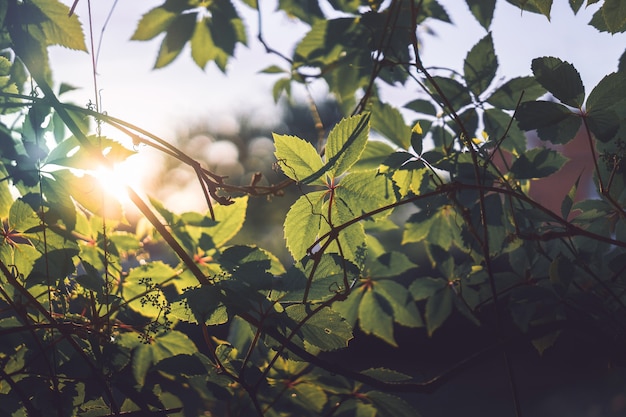
Airplane cabins have humidity levels below 20%, accelerating dehydration. Drink water consistently—aim for 8 oz every hour. Avoid diuretics like alcohol and coffee. Consider using a portable electrolyte tablet to maintain hydration and prevent headaches.
Sitting for long periods reduces circulation and increases inflammation. On flights, walk the aisle every 60–90 minutes. Perform seated stretches or ankle rolls. Wear compression socks to support blood flow and reduce swelling.
Avoid heavy, processed meals. Instead, pack nutrient-dense snacks like nuts, seeds, hard-boiled eggs, or collagen bars. Fasting during long-haul flights can also help reset metabolism and reduce digestive strain—just ensure you’re well-hydrated.
Use tools like a sleep mask, white noise app, or portable blackout curtains to create an ideal sleep environment. Maintain a consistent bedtime, even on vacation. Consider melatonin (0.5–3 mg) if struggling to fall asleep—especially when crossing five or more time zones.
Travel depletes key nutrients like vitamin D, magnesium, and B vitamins. After landing, consider a high-quality multivitamin or targeted supplements. Vitamin C and zinc support immune function, especially after exposure to crowded airports.
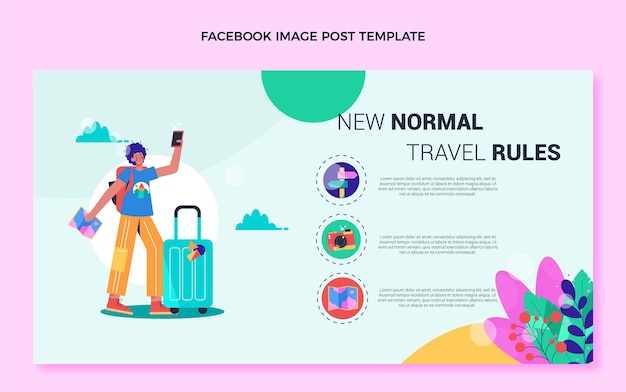
A cold shower or ice bath post-flight can reduce inflammation, boost alertness, and stimulate the vagus nerve for improved recovery. Even 30–60 seconds of cold exposure can make a noticeable difference in energy levels.
Focus on maintaining routine. Use apps to track sleep and light exposure. Pack a travel-sized red light therapy device or blue-light-blocking glasses. Prioritize protein-rich meals to sustain energy during back-to-back meetings.
Embrace natural biohacks—sunrise hikes for light exposure, cold river dips, and whole-food local diets. Monitor energy levels and adjust activity to avoid overexertion in new climates.
Simplify hacks: hydrate early, use sunlight to reset rhythms, and maintain consistent bedtimes for kids. Pack healthy snacks and encourage movement at layovers.
Biohacking isn’t about extreme measures—it’s about making smart, sustainable choices that support your body’s natural resilience. By integrating these strategies before, during, and after travel, you can arrive feeling refreshed, focused, and ready to explore.
Start with one or two biohacks that fit your lifestyle, then build from there. Your future self—on the other side of the world—will thank you.

Wellness

Wellness

Wellness

Wellness
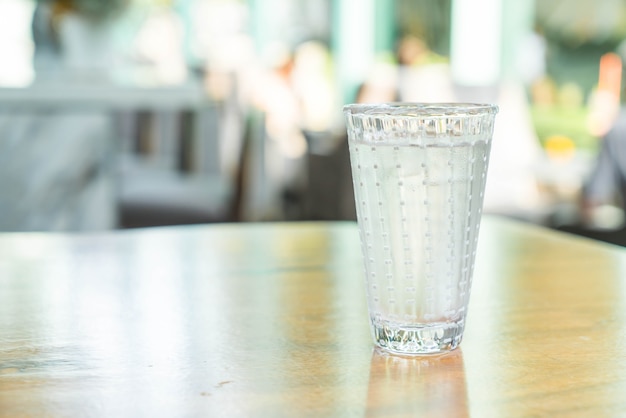
Health
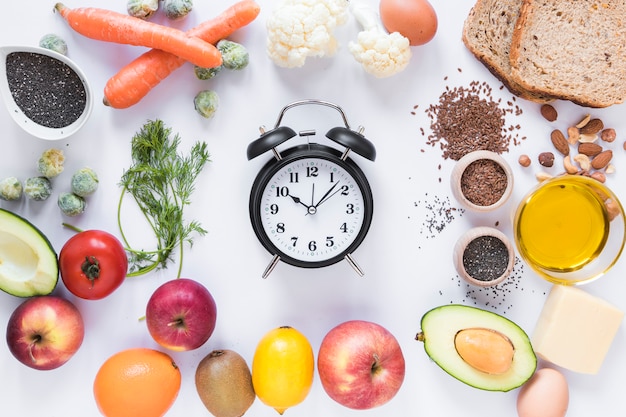
Health

Wellness
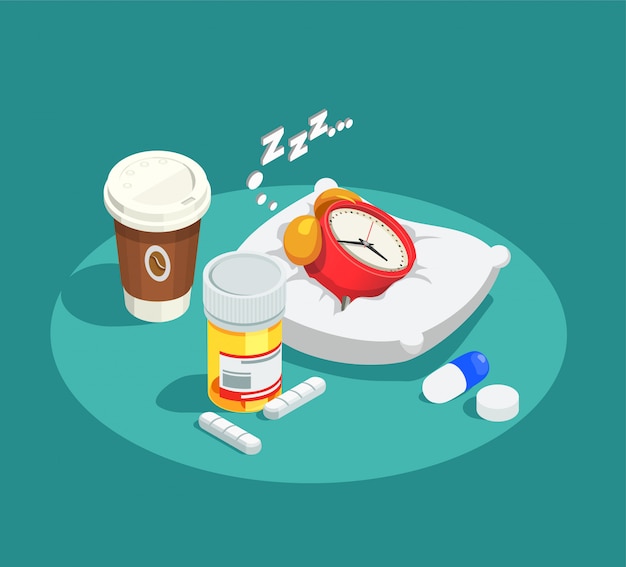
Health

Fitness

Wellness
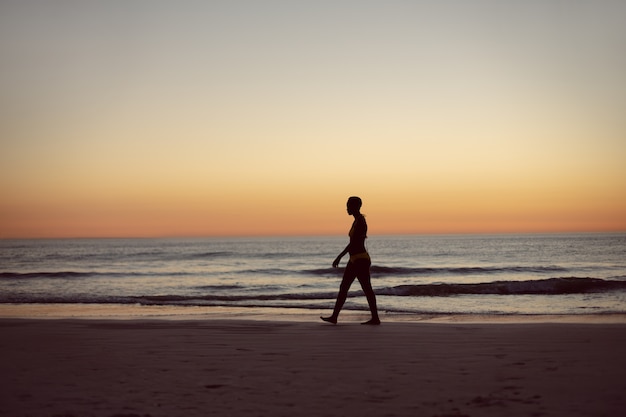
Wellness
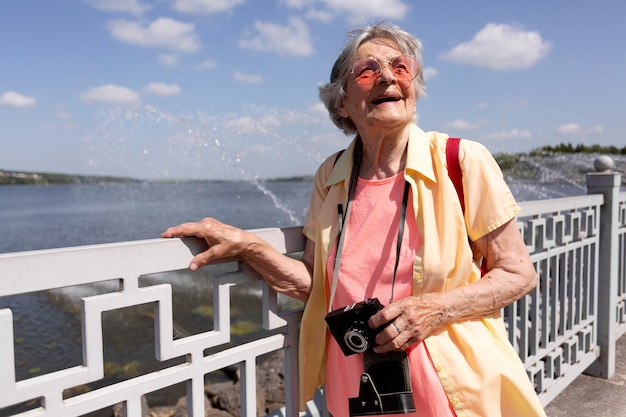
Wellness

Health

Fitness

Health

Health